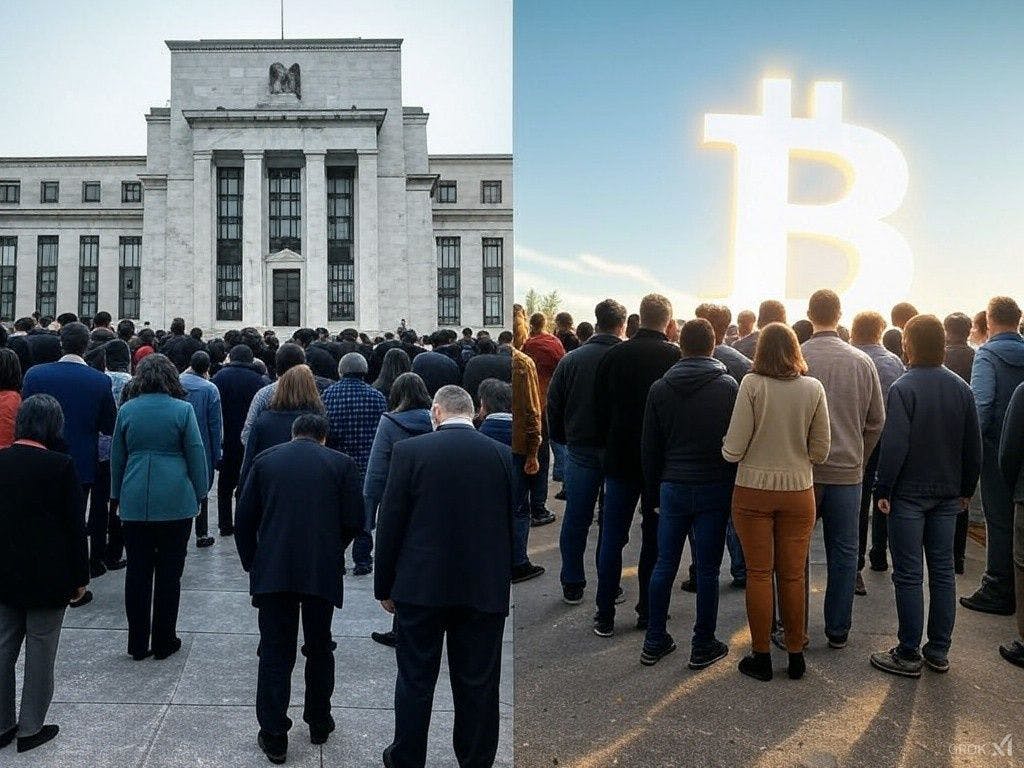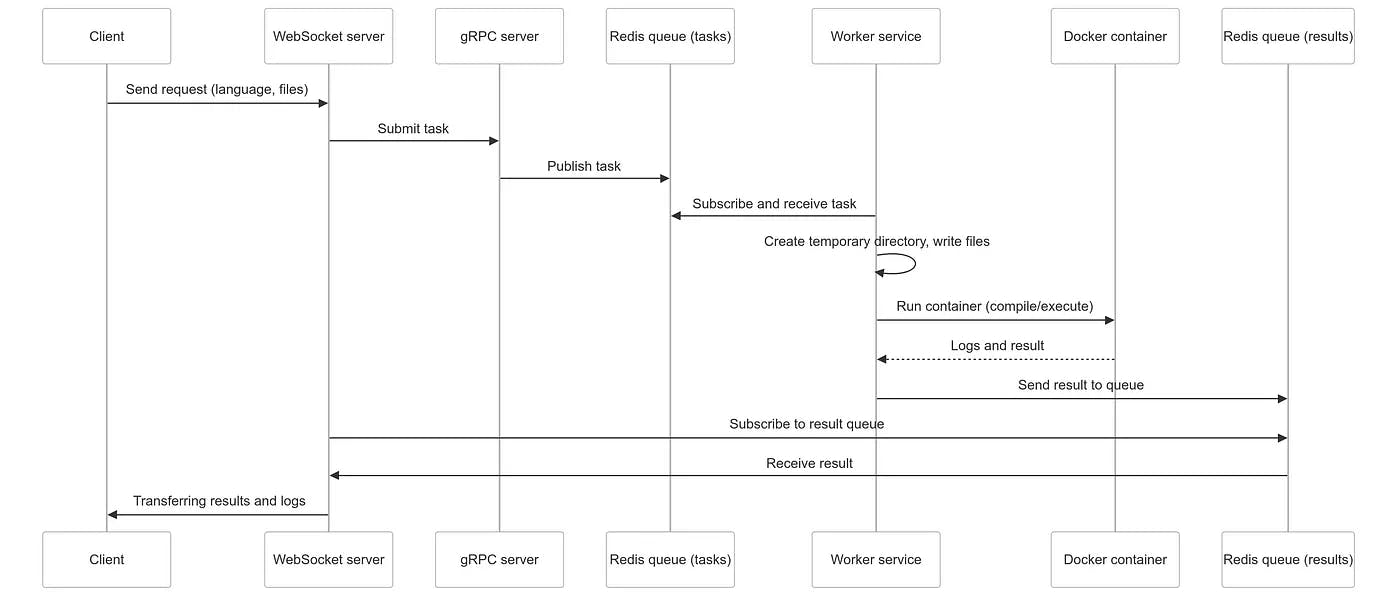In the wake of unprecedented monetary expansion and growing questions about financial stability, an intriguing parallel emerges between modern fiat currency systems and cult-like social structures. While this comparison might initially seem extreme, examining the psychological mechanisms and control techniques employed in both systems reveals striking similarities that warrant deeper analysis.
The Psychology of Monetary Trust
At its core, fiat currency operates on a foundation of collective belief – paper money and digital entries have value because we collectively agree they do. This mirrors what cult psychology experts like Alexandra Stein describe as “manufactured consensus,” where reality is shaped by institutional authority rather than intrinsic value. This gradual acceptance of fiat currency as “normal” perfectly exemplifies what political scientist Joseph Overton described as the “Overton Window” – the range of ideas the public will accept has been slowly shifted until the concept of unbacked currency became not just acceptable, but the unquestioned norm.
Manufacturing Consent Through Authority
Just as cults establish unquestionable leadership figures, the modern monetary system positions central bankers as near-mystical authorities. Consider the reverence once given to Federal Reserve chairman Alan Greenspan, dubbed “The Maestro” – a title that implied almost supernatural market insight. This mirrors what Steven Hassan’s BITE model (Behavior, Information, Thought, and Emotional control) identifies as the establishment of unchallengeable authority figures in cult structures.
The Mandrake Mechanism: A Modern Ritual
The process of money creation, dubbed the “Mandrake Mechanism” by critics, functions remarkably like cult initiation rituals – complex, obscure to outsiders, and maintaining power through mystery. Just as cults often have inner circle “knowledge” that average followers don’t fully grasp, the intricacies of monetary policy remain opaque to most citizens, despite directly affecting their lives.
Control Through Crisis
One of the most powerful tools in both cult leadership and monetary policy is the manipulation of crisis scenarios:
- Crisis Initiation: Just as cults may manufacture crises to demonstrate their leader’s necessity, central banks often position themselves as the only solution to economic downturns.
- Salvation Narrative: The Federal Reserve’s role as “lender of last resort” parallels a cult leader’s claim to be the sole source of salvation.
- Fear of Alternatives: Both systems instill fear about life outside their structure – economic collapse without central banking, or spiritual doom without cult leadership.
Modern monetary systems exhibit striking parallels to cult-like information control:
Controlled Narratives
-
Official economic statistics and their interpretation are tightly controlled
-
Alternative economic theories are often marginalized or ridiculed
-
Criticism of the system is frequently dismissed as “conspiracy theories”
Suppression of Alternatives The historical suppression of alternative currencies and monetary systems mirrors how cults maintain monopolies on truth:
- Private minting laws
- Restrictions on competing currencies
- Stigmatization of alternative monetary theories
The Ritual of Regular Sacrifice
Both systems require regular “sacrifices” from their adherents:
- Inflation as Tithe: The steady erosion of purchasing power through inflation functions like a hidden tax or cult tithe.
- Cyclical Crisis and Salvation: Economic boom-bust cycles mirror cult patterns of crisis and redemption, with central banks playing the role of savior.
- Required Participation: Just as cults demand exclusive devotion, legal tender laws require participation in the fiat system.
Historical Context and Evolution
The transformation from commodity-backed currency to pure fiat money represents a remarkable shift in collective belief systems, exemplifying what’s known as the “Boiling Frog Syndrome.” Just as a frog will remain in slowly heating water until it’s too late to escape, society has gradually accepted increasingly artificial monetary systems:
-
Pre-1913: Limited central banking, multiple competing currencies
-
1913-1933: Federal Reserve established, gold standard maintained
-
1933-1971: Gold standard gradually weakened
-
1971-present: Pure fiat system, floating exchange rates
This evolution parallels how cults often gradually increase control over their members, making each step seem reasonable in context.
Breaking the Spell: Awareness as Protection
Understanding these manipulation techniques is crucial for maintaining financial sovereignty:
- Critical Thinking: Question monetary orthodoxy while maintaining practical engagement
- Alternative Perspectives: Study various economic theories and historical systems
- Personal Responsibility: Develop financial literacy and understanding of monetary mechanics
Breaking Free: The Bitcoin Solution
Bitcoin presents a revolutionary alternative that systematically dismantles each cult-like aspect of the fiat system:
- Decentralized Authority: Unlike the high priests of central banking, Bitcoin eliminates the need for trusted authorities. Its protocol is transparent, mathematical, and immutable.
- Fixed Supply: Rather than the mysterious “money printing” rituals of central banks, Bitcoin’s supply is capped at 21 million coins – transparent and unchangeable.
- Open Verification: While fiat systems obscure their operations behind complex jargon and closed doors, Bitcoin’s blockchain is publicly verifiable. Anyone can audit the entire system.
- Voluntary Adoption: Unlike fiat’s forced participation through legal tender laws, Bitcoin represents true monetary choice – adoption based on merit rather than coercion.
- **Resistance to Control:**The decentralized nature of Bitcoin makes it immune to the kind of manipulative control that characterizes fiat systems.
The awakening to Bitcoin’s potential represents more than just a technological shift – it’s a fundamental break from the cult-like psychological manipulation that has characterized monetary systems for generations. Just as the internet freed information from centralized control, Bitcoin can free money from the grip of central banking authorities.
The choice is clear: we can remain within a system designed to manipulate and control, or we can embrace a transparent, mathematical protocol that returns monetary sovereignty to the individual. The fiat experiment, like many cult-like systems before it, must eventually face its reckoning.
The time has come to reject the monetary cult of fiat and embrace the freedom of Bitcoin.











